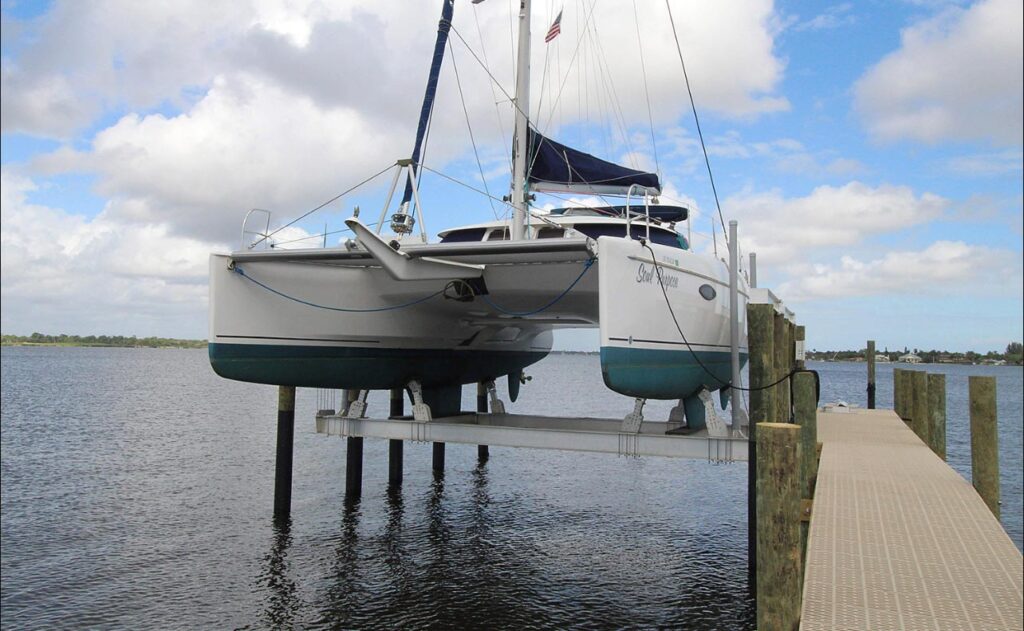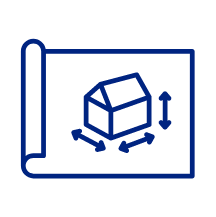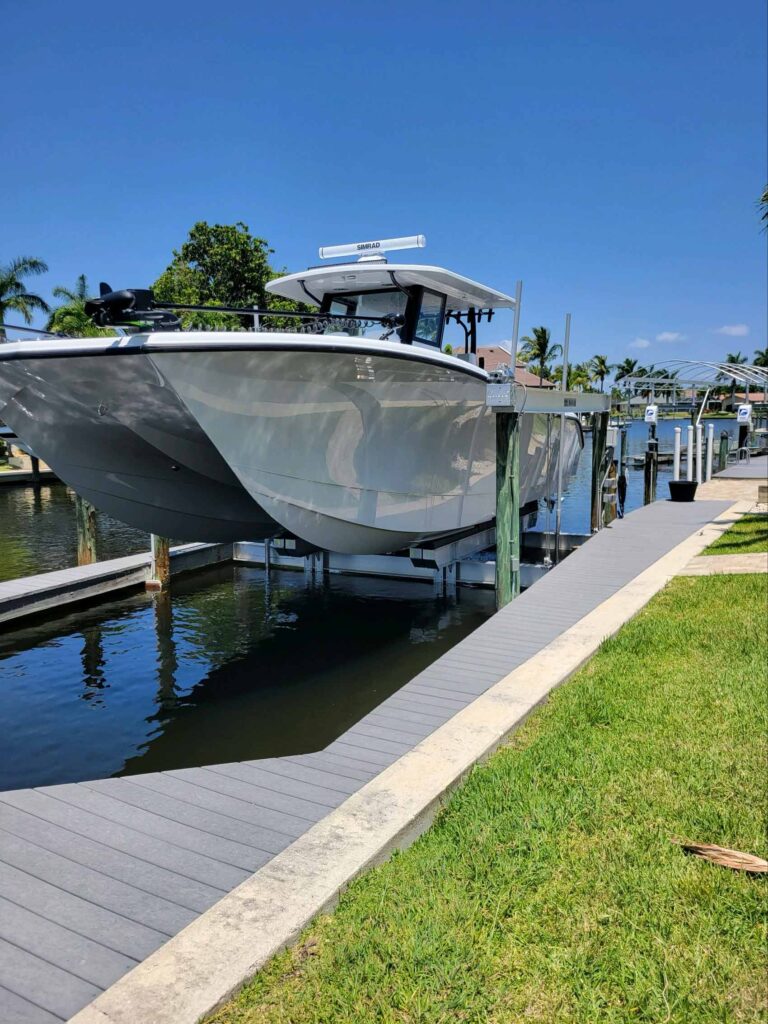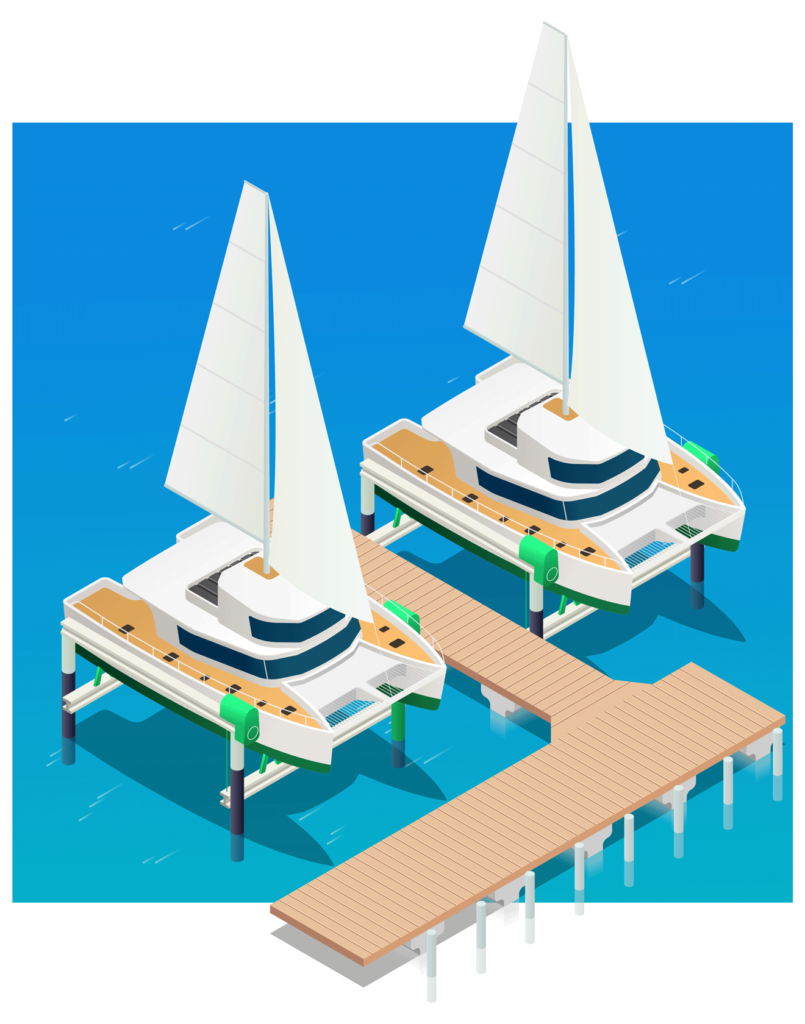Boat Lift Repair & Installation

Protect and Preserve Your Watercraft
Experienced Boat Lift Installers and Repair Men
Boat Lifts - Build From Scratch or Repair

Boat Lift Repair & Installation
At Overall Marine Services, we specialize in both building new boat lifts from scratch and repairing existing lifts, ensuring your vessel is safe, secure, and easily accessible. Our team of experts brings years of experience and a deep understanding of marine environments, guaranteeing top-notch service and unparalleled results.

Initial Consultation

Custom Design

Permitting and Approvals

Foundation, Piling, and Lift Installation

Final Inspection and Testing
Get A Free Quote, Fast!
Why Choose Overall Marine Services for Your Boat Lift?
With years of marine construction and repair expertise, Overall Marine Services delivers top-quality solutions tailored to your specific needs. Our commitment to excellence and customer satisfaction ensures that your boat lift is built and maintained to the highest standards, providing you with peace of mind and reliable service.
Expertise
With years of experience in marine construction and repair, our team delivers expert solutions tailored to your needs.
Quality
We use only the best materials and techniques to ensure the longevity and reliability of your boat lift.
Customer Satisfaction
Our commitment to excellence means you can trust us to provide top-notch service from start to finish.

Benefits

Protection from Corrosion and Marine Growth
Saltwater environments can be harsh on boats, leading to corrosion and marine growth on the hull. A boat lift keeps your vessel out of the water when not in use, reducing the risk of damage and extending the boat's lifespan.
Convenience and Accessibility
A boat lift allows for easy and quick access to your boat. It eliminates the need for trailering and launching every time you want to go out on the water, saving time and effort. This is especially beneficial for spontaneous trips and frequent use.
Enhanced Safety
Keeping your boat on a lift reduces the risk of it being damaged during storms or high tides. It also prevents potential damage from other watercraft and reduces the likelihood of your boat sinking due to bilge pump failure or other issues.
Improved Boat Performance
By keeping the hull clean and free from marine growth, a boat lift helps maintain the boat's performance and fuel efficiency. A clean hull reduces drag, allowing for smoother and faster rides on the water.
Increased Property Value
Installing a boat lift can enhance the value of your waterfront property. It is an attractive feature for potential buyers who are boating enthusiasts, making your property more appealing and functional.
Want to learn more about how custom boat lifts enhance your waterfront lifestyle? Read more in our dedicated blog post.